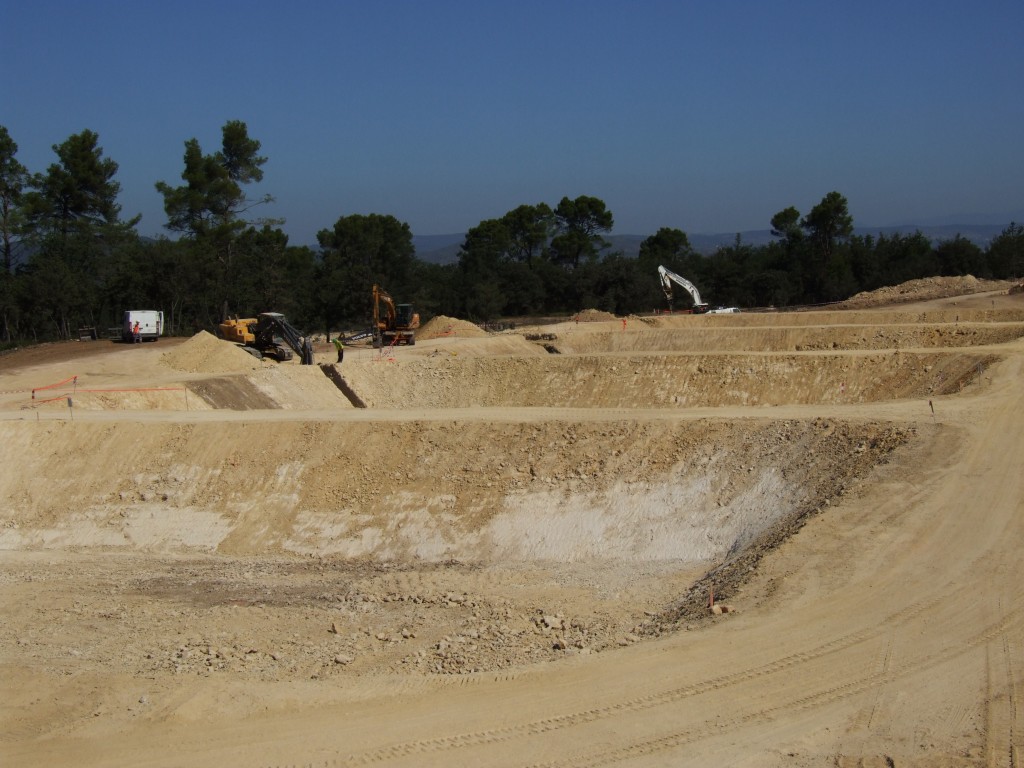ITER NEWSLINE
47
Cooling down the heat
Sabina Griffith
Works are progressing on the ITER site at full speed, including the excavation of the four water basins that form part of the ITER Cooling Water System.
The water that is needed to remove the heat from the Tokamak vessel and its in-vessel components is derived from the Canal de Provence. It is used to cool down the diagnostics and the heating systems, the power supply and the cryogenic system. It is separated into two closed heat transfer circuits plus a Cooling Tower open circuit.
After having cooled these systems, the water flows through the primary and the secondary separate heat exchangers that reduce the water temperature from a maximum value of 150 degrees C to 50 degrees C. Then the heat is released to the environment through the Cooling Tower at an average thermal power of 450 MW during the Plasma operation.
In fact, as ITER is a research facility not aiming to produce power, most of the cooling water simply evaporates in the Cooling Towers.
The remaining water is released into the Durance River (Canal EDF). But before it does that, it will have to pass through three of the four cooling basins with a capacity of 3000 cubic metres each. The first basin will simply be used for collecting the outlet. From number one it then flows into number two where it will be tested for various parameters such as temperature (maximum outflow temperature is 30 degreesC), pH, hydrocarbons, chlorides, sulphates and tritium. All tests will be submitted to the Prefecture. Only then will the water flow into basin number three and finally out into the Durance river. The fourth basin will be used as a backup.
return to Newsline #47


